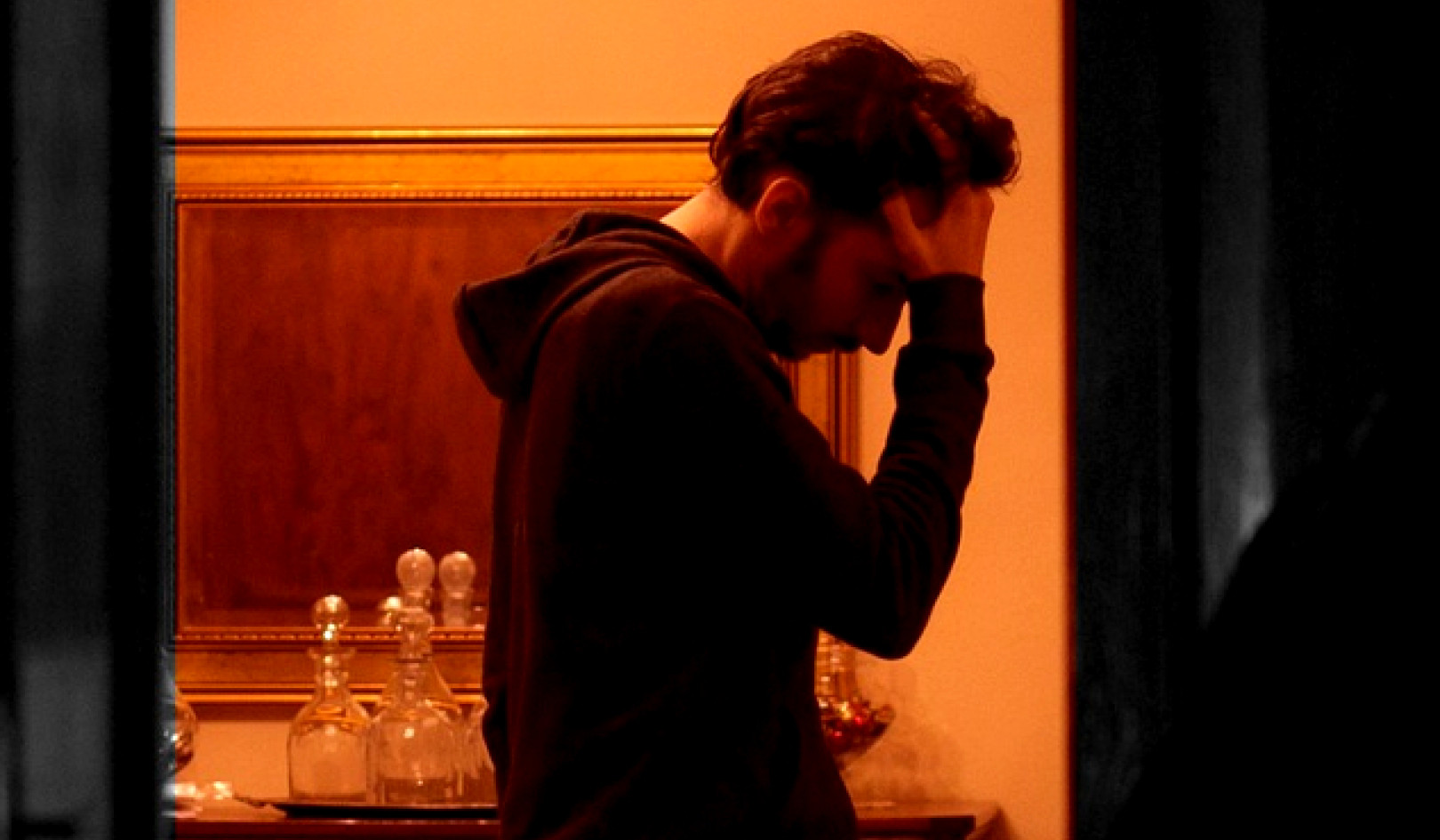Both in Europe and the US, more than 90% of adolescents have their faces buried in screens before bed. Often, this comes at a cost to sleep. Frequent screen users are much more likely to report falling asleep later, sleeping less, and waking during the night. Such difficulties are linked not only to poorer academic performance, but also increased risk of health issues such as diabetes and heart disease in later life.
As a result, teenage screen use is treated as an unhealthy addiction among much of the media. But this narrative is based on a fundamental misunderstanding of the research. The problem isn’t use of screens at night, but how they’re used.
After a recent study demonstrated that limiting screen use for a week could restore normal sleep patterns in adolescents, media headlines widely hailed this as the salvation for sleep-troubled teens. However, these headlines almost exclusively ignored the fact that wearing blue-light blocking goggles was just as effective.
Exposure to alertness-inducing blue light is undoubtedly a problem – when it comes from our screens at night, it can disrupt the natural circadian rhythms that secrete sleep hormones to prepare our bodies for rest. But it’s also an easy issue to solve. Applications already exist on phones and laptops that shift the blueness of light with the time of day, sidestepping the somewhat unrealistic expectation of teenagers donning special goggles.
Content is key
There’s a much more urgent issue at the heart of the relationship between bedtime devices and sleep, not just in youth, but for all of us. The screens we watch are not devoid of content, and how we interact with them is key.
Passive activities such as reading neutral content are largely unproblematic, as long as care is taken to avoid keeping the brain whirring late into the night. The key area of concern is social media. Almost half of 13 to 17-year-olds admit to being online almost constantly, and these frequent users are much more likely to report later sleep onset, as well as waking during the night.
 Blue light disrupts our body’s internal clock – but it’s an easy issue to solve. tommaso79/Shutterstock
Blue light disrupts our body’s internal clock – but it’s an easy issue to solve. tommaso79/Shutterstock
But these negative impacts are also dependent on our relationship with social media, rather than our mere use of it. Work from both our own lab and others suggests that the negative impacts of social media use on sleep quality may be a result of the anxiety, depression, and lowered self-esteem that it can induce. Crucially, the negative mental health effects of social media are not inevitable, but dependent on the way we interact online. When used in the right way, screen use can actually be beneficial.
For example, time spent using image-based platforms like Instagram and Snapchat (but not text-based platforms like Twitter) is associated with decreased loneliness, possibly due to an enhanced sense of intimacy and interconnectedness. However, this benefit is dependent on using the platform to interact with other people – those who simply broadcast content actually report increased loneliness. It’s also dependent on following people you know – the more strangers you follow, the more likely you are to have depressive symptoms.
It may also surprise you to know that making social comparisons is not always problematic – what’s important is how we make them. Ability-based comparisons, such as comparing oneself to “fitspiration” posts showing body images only a few of us have the time and ability to achieve, can lead to depression and envy. Opinion-based comparisons, on the other hand, where social media users seek out the views of others to make sense of the world around them, can lead people to feel inspired and optimistic.
Healthy nighttime browsing
With that in mind, here are some tips based on the latest research on screen and social media use to help you make the best out of your evening browsing, and have a good night’s sleep.
 Leaving social media until the morning isn’t essential, but its still a good way of disconnecting. Sam Wordley/Shutterstock
Leaving social media until the morning isn’t essential, but its still a good way of disconnecting. Sam Wordley/Shutterstock
• Use your platforms to create communities and maintain connections through interaction – too much silent browsing and self-broadcasting can harm your peace of mind, and therefore your ease of sleep. And remember – the best selves you see are not representative of real life.
• Try to reserve the last half an hour before bed not doing anything too stimulating. Putting the phone down a little while before bed is a good habit to get into, but if you are going to use it, use a blue-light blocking app, and do something passive and unemotional that will allow the sleepy feeling to come.
• If you think that activities are getting in the way of you feeling sleepy, or that household bedtime routines do not match your rhythm, then talk to someone. Sleep is important but parents sending teens off to bed before they’re ready is not always the best plan.
We need to move away from the dominant narrative of screen and social media use as an evil, as a hindrance to healthy development. Our bedtime devices needn’t be guilt-inducing vices. The online world is rich and diverse.
Like any social interaction, social media use can be damaging if navigated in the wrong way, but the virtual world it opens up can also be fulfilling, informative, and empowering. So let’s create a society that uses it healthily – not just by blocking out blue light, but by blocking out the things that make you see yourself in a blue light.![]()
About The Authors
Heather Cleland Woods, Lecturer in Psychology, University of Glasgow and Holly Scott, PhD Candidate in Psychology, University of Glasgow
This article is republished from The Conversation under a Creative Commons license. Read the original article.
Related Books
at InnerSelf Market and Amazon



























